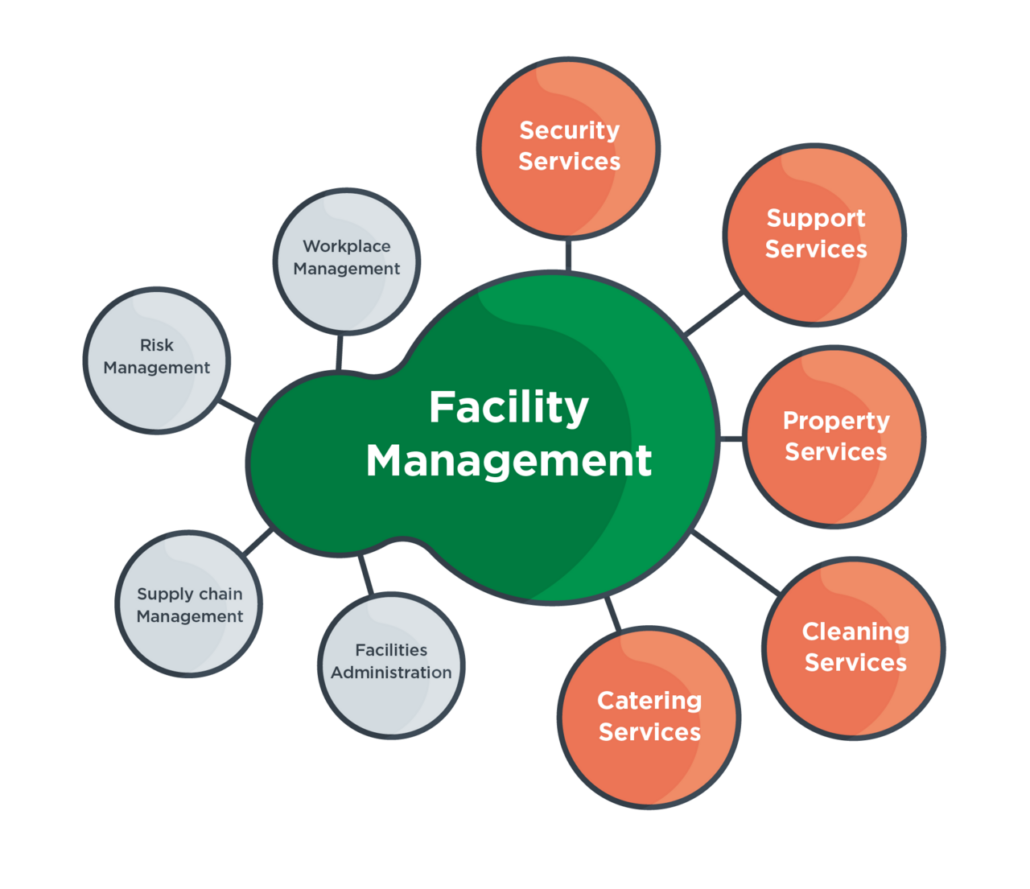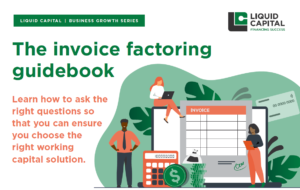How much does invoice factoring cost? The answer to this and other top asked questions
Invoice factoring is a powerful funding tool for growing businesses or companies that need an alternative source of funds. But how much does invoice factoring cost? Get the answer to this and other top asked questions.

Have you considered using invoice factoring to increase capital for your business – but aren’t quite sure how it works? Or perhaps you have a client who is struggling to find funding through traditional channels?
Below, we’ve answered the top questions we get asked about invoice factoring. You (or your client) may be asking some of these questions, and the answers will help determine if invoice factoring is the answer.
Many of these questions are about invoice factoring companies in general, since who you partner with is, in many ways, just as important as the funding itself. When you’re meeting and evaluating potential invoice factoring partners, they should be able to answer all of these questions to your satisfaction.
Invoice Factoring 101
Before we get started, let’s do a quick recap on what invoice factoring is (or, you can skip straight to the questions below). Factoring essentially means selling your open invoices to a factoring company, called a “factor.” It allows businesses to generate immediate cash flow and access capital that would otherwise be held up by slow-paying customers.
You’ll get paid most of your invoice upfront, while your factoring partner holds back a “reserve” as they wait to collect the full payment from the end client. Meanwhile, you can move forward with your business. It’s a powerful way to accelerate funding, and it’s not a loan.
“I used to hate doing invoicing because I would send off all my invoices and just cross my fingers that they’d get paid. Now, my invoices get paid the day I issue them—I’m in control of my cash flow and able to focus more on growing my business.”
– Brett Haskill, President, Performance Repair Services
Now – let’s get to those questions…
Q1) How long have you been in business?
Before placing your trust in any factoring company or lender, it’s important to know if the company has proven and substantial experience working with businesses like yours. It’s also critical to work with a factoring company that understands your industry and has credibility with its clients. Take the time to probe a bit deeper – it’s well worth it. (Here’s a resource we created that can help you do that.)
Did you know?
At Liquid Capital, we’ve been in business since 1999 and have deployed over $3 Billion in working capital across North America. Our Principals have extensive experience in a variety of industries and are always happy to work with our clients to give them a clear, unbiased picture of their business funding options. Read our Liquid Capital success stories to see how we help businesses.
Q2) What are your terms and cancellation policies?
A reputable factoring company will never lock you into a lengthy contract. When selecting a lender, ensure they offer you flexible terms and conditions and that there are no auto-renewals in place. They should also offer a 30-day cancellation policy, so if you are no longer in need of funding, you are free to end your contract with them.
The best agreements are those that are structured like those at a bank. Look for factoring companies that offer agreements without clauses that lock you in.
Learn more on how invoice factoring works.
Q3) How much are the charges?
Understanding the fee structure is crucial, especially because many factoring providers entice customers with lower upfront costs. You need to be on the lookout for hidden fees and add-ons that can really rack up your borrowing costs. It becomes especially important to take the time and review everything before you sign on the dotted line.
A good factoring partner will give you a clear outline of the fees so there are no surprises and you are in a better financial position as a result. At Liquid Capital, we’ll discuss these details with you, walk through the numbers, and ensure you have confidence that this solution will work for your business.

Q4) How are the reserves calculated?
A “reserve” is a percentage of the invoice the factor keeps until the end customer pays the invoice. Discuss these reserves, fees and associated timelines with your lending partner.
For example, let’s say you are selling a $10,000 invoice, and the factoring company holds a reserve of $1,000. Once the end customer pays the invoice in full, the factoring company will forward you the reserve fund of $1,000 minus their fees.
Q5) Do you outsource your operations?
Some factoring companies outsource payment collections to third-party vendors. These arbitrators may not give customer service the same level of attention and importance as you would when dealing with your clients.
Because these vendors are more concerned about getting paid, they may be less dedicated to the customer experience during payment recovery.
“It helped to get an introduction to Liquid Capital from someone I trusted. Thousands of dollars were on the line. We had to basically bare our souls to a company that isn’t regulated like a bank. To move to a factoring company, you need trust and a solid introduction to a reputable provider.”
– Claudia Harvey, CEO and Co-Founder, Dig It Apparel
Q6) When will a security be registered against my business?
A security is a form of asset that a lender uses to secure a loan. For businesses wanting to gain funding through invoice factoring, the most common form of security is accounts receivables or invoices.
When you fill out an initial application form with an invoice company, they may register a security against your business. Some may do this even if you don’t do business with them, which is not a reputable practice and could impact your ability to secure funding elsewhere. (If you submit multiple applications to different factoring providers, there could be security registrations filed on your business that you are not aware of.)
Q7) Is there a ‘consent judgment’ in the legal documents?
This question is applicable only to companies in the United States. Some lenders that have predatory practices ask for a consent judgment in their legal documents. Upon signing, you’re giving consent that in case of disputes, future judgments will be ruled in favor of the factor. Avoid these clauses.

Q8) What jurisdiction is your choice of law?
If you happen to get into a dispute with a lending partner, choice of law dictates what jurisdiction your case will be defended in.
You might want to work with a company that has a choice of law closer to where your business is located, so you both have a fair chance in any dispute. You don’t want to travel all the way to Panama to defend yourself, if the other party chooses that jurisdiction.
Q9) Is there a charge for reporting?
Working with a factoring partner should be a relatively stress-free process. Part of this is being able to see reports on your accounts receivable, collections, credit limits, reserves and any timelines.
This information should be fully transparent and accessible so you’re always in the loop, and so you can hold your factoring partner accountable. It should always be included.
Q10) How are you funded?
The last thing you need to ensure is that the factoring company has adequate funding available so they can offer you capital when you need it.
Have a conversation with the factor about their experience deploying large amounts of working capital, and ask for reviews from existing clients.














































